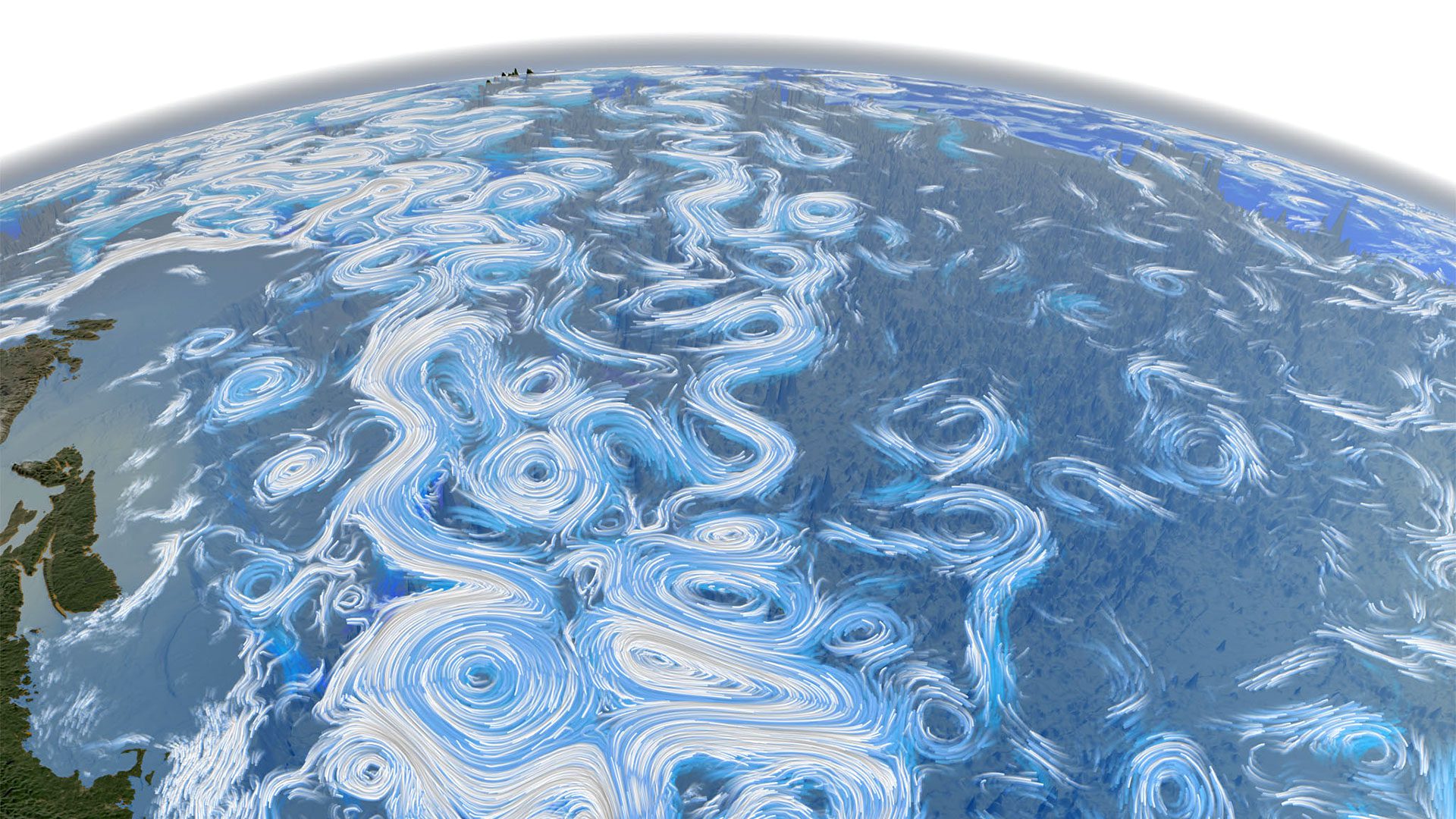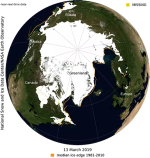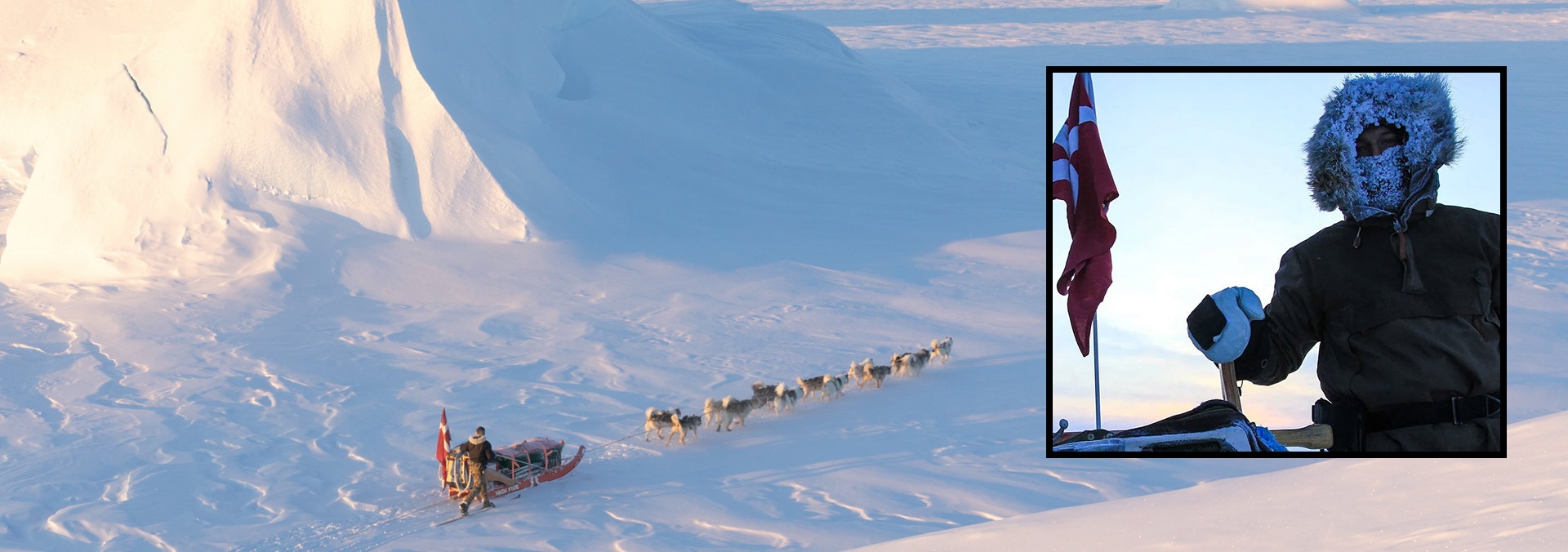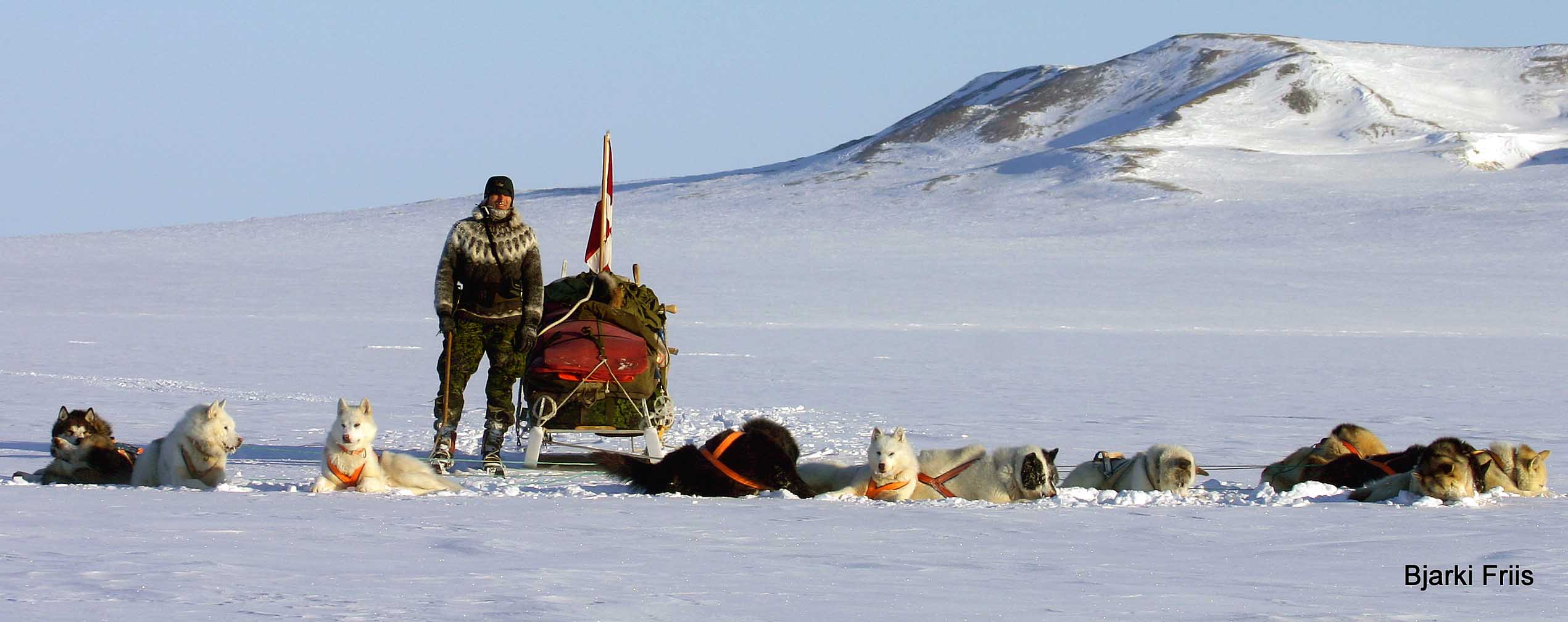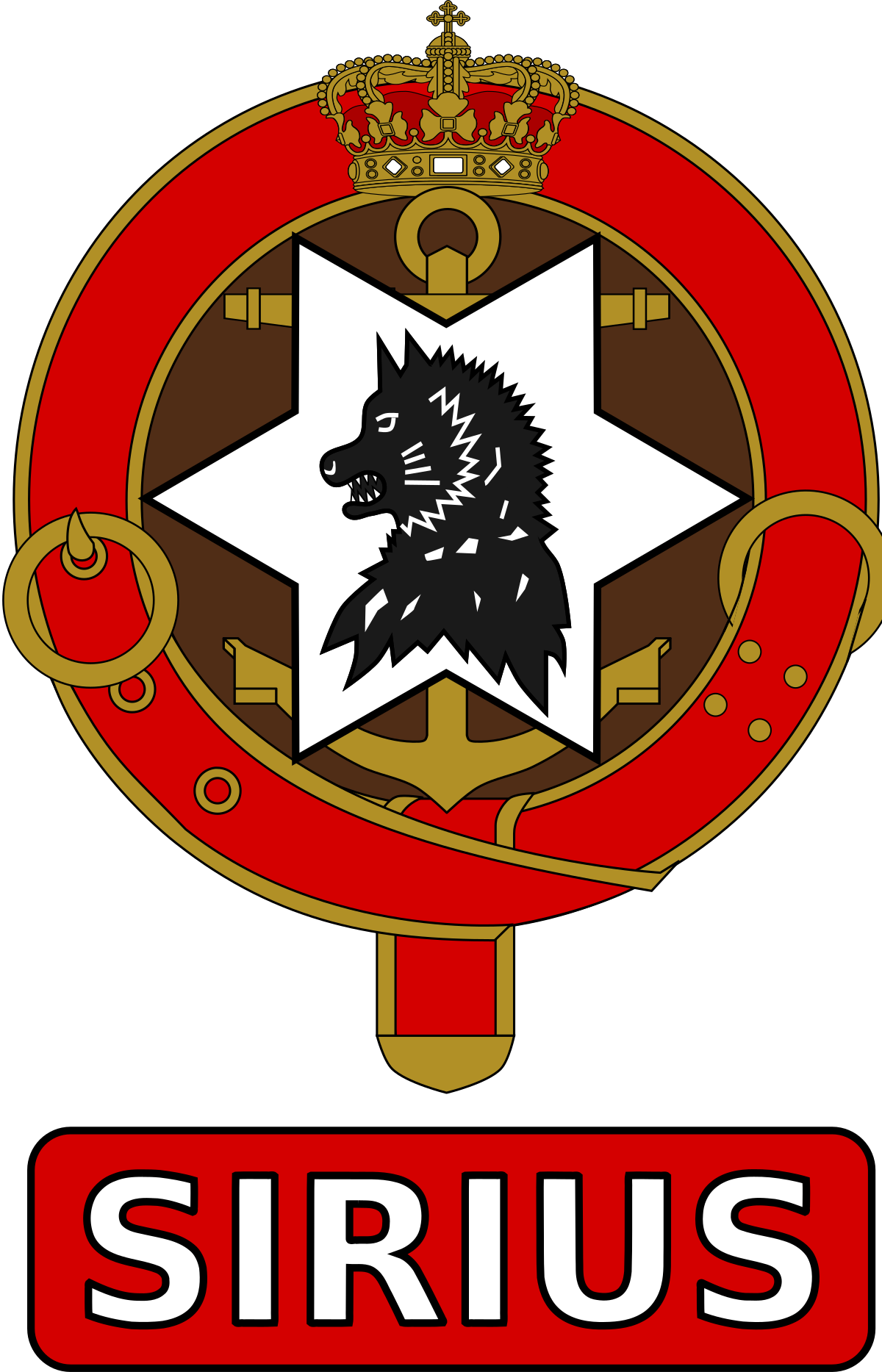The Canadian North is a lot harsher at the same latitudes due to the Jet Stream. People can live in places like Murmansk because the climate is less extreme than in places like Winnipeg.
The Inuit and the Sami are different people. Murmansk and the Kola are Sami country. The Arctic Maritime is Inuit country.
The Inuit are hunters that subsist on seals and whales and other marine mammals. They share common digestive characteristics with their dogs and the polar bears. All of them have accommodated a high fat diet, rich in Vitamins A and D, that can be digested and enjoyed cold, appropriate in that there is a distinct shortage of fuel.
The Sami are nomadic pastoralists that have domesticated the caribou, or reindeer. Their forebears, like the Dene, hunted the caribou when both the Sami and the caribou could range widely. Pastoralists, or subsistence agriculturists, demonstrated that a small amount of land could support a larger population. They, and their lifestyle spread and put pressure on the hunters. The hunters adapted and became pastoralists.
The digestive system that ties the Inuit to the whales and seals is also found to be genetically linked to both the Innu of Labrador and the whale hunting tribes of the Pacific Northwest that also subsist on salmon and candlefish.
....
Up the top of Greenland there is a place called Independence Fjord. It is at 82N. Alert is at 82.5N.
Independence I was a culture of
Paleo-Eskimos who lived in northern
Greenland and the Canadian Arctic between 2400 and 1900 BC.
There has been much debate among scholars on when Independence I culture disappeared, and, therefore, there is a margin of uncertainty with the dates.
The culture is named after
Independence Fjord, which is a fjord located in
Peary Land. The Independence I people lived at the same time as the
Saqqaq culture of southern Greenland. Independence I culture was followed by
Independence II culture, which had a similar geographical extent, and lasted from the 8th century BC, roughly 600 years after the disappearance of Independence I. The Independence I occupation of northern Greenland appears to have been much more extensive than that of Independence II.
Independence I alongside Saqqaq culture are considered to be the earliest known cultures in Greenland. The first Palaeo-Eskimo migrants are thought to have migrated from the Canadian High Arctic and have a connection to the
Arctic small tool tradition
Independence II was a
Paleo-Eskimo culture that flourished in northern and northeastern
Greenland from around 700 to 80 BC, north and south of the
Independence Fjord. The Independence II culture existed in roughly the same areas of Greenland as the
Independence I culture, which became extinct six centuries before the beginning of Independence II.
Independence II is attested in northern Greenland by settlements on central
Peary Land. There, it is estimated that the Independence II population was of no more than four to six families, and that it must therefore have been in contact with people of Ellesmere island in Canada or with people in north-eastern Greenland.
It has been argued that there is virtually no difference in the material cultures of Independence II and the contemporary
Dorset culture in southern Greenland, locally known as Dorset I. Those who lump these two entities together refer to them jointly as
Greenlandic Dorset.<Unlike Independence II, to the south, Dorset I persisted to at least AD 800.

en.wikipedia.org

en.wikipedia.org
The Inuit forebears (Paleo-Eskimos), when struggling for resources as the world got warmer did not follow the sun to green pastures. They went north with their dogs, into the dark and followed the polar bears to find seals and whales. They don't make Vitamin D from the sun. They eat their Vitamin D from the liver of their prey.
That dietary restriction separates the peoples of the Arctic Small Tool Tradition from Muesli Munchers of the south.
....
Canadians look south to the sun and the cornfields. The Inuit look north. Where our southern culture sees barrenlands their northern culture perceives the environment differently. When we relocated Inuit north it wasn't the lack of corn that caused them problems. The problem was they didn't know the local waters and couldn't find fish, seals, whales or bears. Historically they would have arrived at places like Grise Fjord by following that food to Grise Fjord.
.....
The point is that there is a massive cultural divide that separates the northerners from the southerners. It ties the northerners together across international boundaries and separates them from the southerners globally. Canada is particularly vulnerable politically as a result of this divide.
Personal opinion: Canada needs to be seen as a better patron of the Northerners, those that live off of seal, salmon and caribou, than China. Better that we be perceived as making them rich, healthy and secure. In return for access to their land and resources.





